An easy reference handout of the Agency by Design Framework for Maker-Centered Learning.

An easy reference handout of the Agency by Design Framework for Maker-Centered Learning.

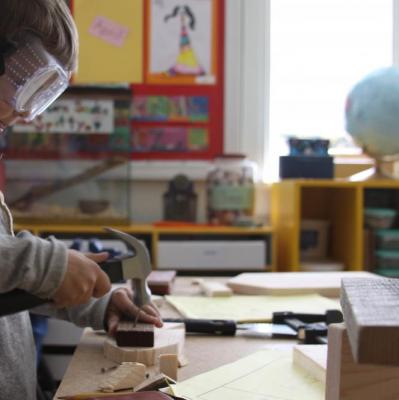
Maker-Centered Learning And The Development Of Self: Preliminary Findings Of The Agency By Design Project
A White Paper Presented By Agency by Design
Project Zero, Harvard Graduate School Of Education
This White Paper, from January 2015, presents an overview of our developing work, and concludes by presenting the “big take away” from our research and by making suggestions for policymakers, educators, and other stakeholders. Along the way, we identify what we consider to be the most salient benefits of maker-centered learning for young people and, introduce some of the key concepts and resources that have emerged from our work, including the concept of maker empowerment, the importance of developing a sensitivity to design, and the three pathways that lead to these desired outcomes.
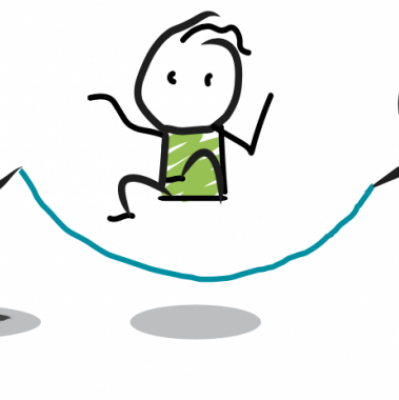
这个思考模式鼓励学生在一个特定的系统里思考不同人物的观点。其目标是帮助学生理解系统里的不同角色,他们会用什么形式去表达感受以及对系统里其他人物和事物的关心。
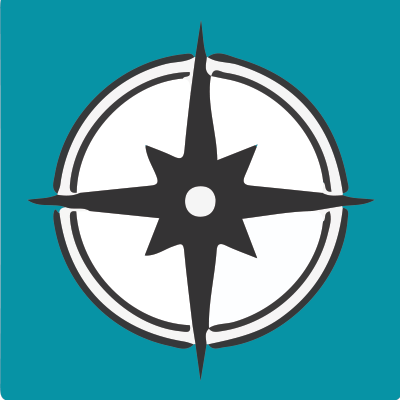
This tool guides young learners to look closely at a system and explore its complexity by directly experiencing the system and reflecting on that experience. This is particularly helpful when working with very young students who may struggle to conceptualize a complex system without direct experience. In addition, this tool provides suggestions for making student thinking visible by encouraging students to share their ideas and learn from each other.
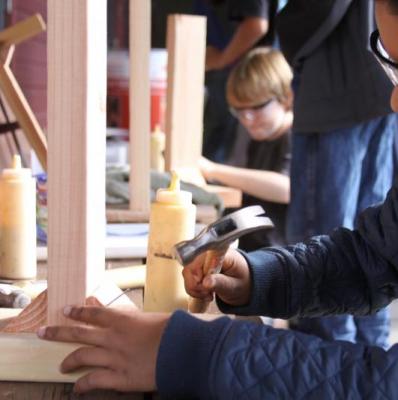
In this picture of practice essay, educators Ilya Pratt and Jeanine Harmon share a community “Design + Build” project. Fourth and fifth grade students from North Oakland Charter School and Park Day School find an opportunity to work together to build T-Stools for classrooms.

This routine encourages learners to consider the different and diverse perspectives held by the various people who interact within a particular system.

A protocol for looking critically at content and developing a sensitivity to the role(s) of power and participation in the design of objects and systems.
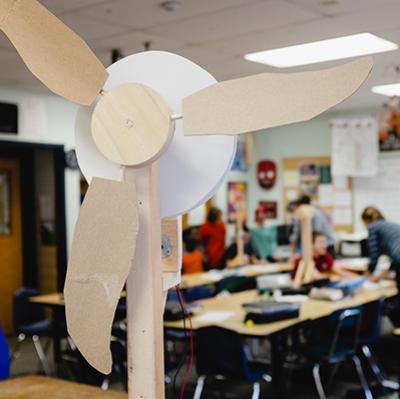
Students from King Middle School in Portland, Maine, explain the importance of looking closely in a maker-centered classroom.
Video by Alex Coppola
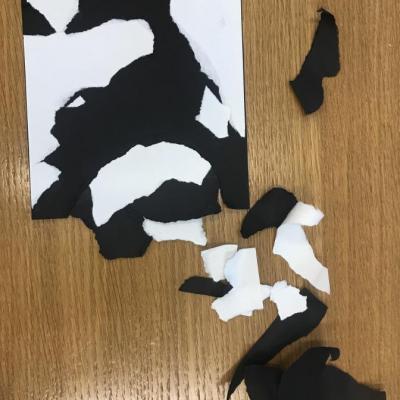
This entry offers a critical perspective of the role of the arts within the popular STEAM agenda. Most loosely defined, STEAM can be understood as incorporating the arts into the STEM (science, technology, engineering, and mathematics) acronym for the purpose of introducing a focus on art and design into these four subject areas. This entry first questions what the A in the STEAM acronym actually represents. The entry then argues that a focus on any discrete set of disciplines prioritizes some domains of practice, while overlooking others. The entry goes on to encourage a more distributed approach to pedagogical practice that is less about establishing catchy acronyms that privilege some disciplines over others – and more about supporting young people and adults in becoming multimodal learners capable of making connections between and beyond the disciplines.